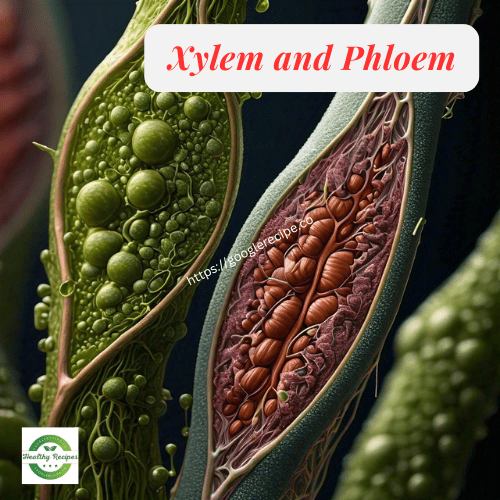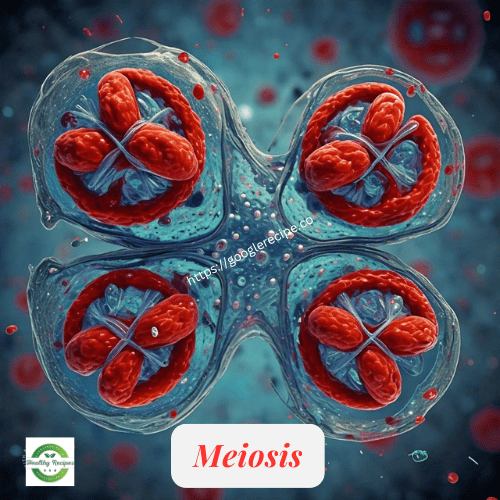Structure of Bacteria
Structure of Bacteria: Ancient, Essential, and Diverse Life Forms
At about 3.5 billion years old, bacteria are among the oldest living organisms on Earth. Considering the evolution of life, they are about as distantly related to humans as possible. However, their significance to us is immense.
The Double-Edged Sword: Harmful and Beneficial Bacteria
Structure of Bacteria are notorious for causing various diseases, including cholera, tuberculosis, and the plague, among others. However, not all bacteria are harmful.
In fact, our bodies are home to trillions of beneficial bacteria that are essential for our health. Remarkably, there are approximately ten times more bacterial cells than human cells in our bodies.
The Role of Good Bacteria
The beneficial Structure of Bacteria in our gut plays crucial roles in maintaining our health. They help produce vitamins, prevent tumor formation, support the immune system in fighting pathogens, and protect against carcinogens, among other benefits. These microscopic allies are vital to our well-being.
The Ubiquity and Diversity of Bacteria
Structure of Bacteria are incredibly small, much smaller than plant and animal cells. They are found practically everywhere on Earth, thriving in some of the most unusual and seemingly inhospitable places.
This adaptability means bacteria come in various shapes and sizes, each suited to its environment.
The Structure of Bacteria Cells
As unicellular prokaryotes, bacteria lack a nucleus that is membrane-bound. Their DNA is located in the cytoplasm in an area known as the nucleoid. Here are some key components of bacterial cells:
- Flexible Cell Wall: This protects bacteria from physical damage and exposure to external surroundings.
- Flagellum: A whip-like structure that helps the bacteria move.
- DNA: Bacteria have two types of DNA—chromosomal DNA, which carries most of the genetic information, and plasmid DNA, which forms small loops and carries extra information such as antibiotic resistance, toxin production, and tolerance to toxic environments.
- Ribosome: Involved in protein synthesis.
- Pili: These hair-like structures enable bacteria to attach to hosts and surfaces like teeth, intestines, and rocks. They also play a role in DNA exchange between bacteria.
The Importance of Bacterial Diversity
Despite their different shapes and sizes, all bacteria share some fundamental characteristics. As prokaryotes, they lack a true nucleus but have a nucleoid where their DNA is loose.
Their plasmid DNA, flagella, and pili contribute to their adaptability and survival in diverse environments.
In summary, bacteria are ancient, essential, and incredibly diverse life forms. While some bacteria are harmful, many are beneficial and play crucial roles in maintaining our health.
Understanding their structure and functions helps us appreciate their significance in the web of life.
Conclusion
Bacteria, as one of the most ancient forms of life, have evolved to become incredibly diverse and essential to the ecosystem.
While some are responsible for severe diseases, many more play indispensable roles in maintaining human health and the balance of natural environments.
Their unique structures and abilities allow them to thrive in almost every habitat on Earth, making them one of the most adaptable and resilient organisms.
Recognizing the dual nature of bacteria helps us appreciate their profound impact on our lives and underscores the importance of continuing to study and understand these microscopic marvels.
FAQs About Structure of Bacteria
1. What are bacteria?
Bacteria are unicellular, prokaryotic microorganisms that can be found in almost every environment on Earth. They are among the oldest living organisms, dating back about 3.5 billion years.
2. Are all bacteria harmful?
No, not all bacteria are harmful. While some bacteria cause diseases like cholera, tuberculosis, and the plague, many are beneficial and essential for health. For example, good bacteria in our gut help with digestion, produce vitamins, and support the immune system.
3. How small are bacterial cells?
Bacterial cells are much smaller than plant and animal cells, typically ranging from 0.2 to 2.0 micrometers in diameter.
4. Where can bacteria be found?
Bacteria are found almost everywhere on Earth, including extreme environments like hot springs, deep ocean vents, and polar ice caps. They also inhabit more common environments such as soil, water, and the human body.
5. What is the structure of a bacterial cell?
Bacterial cells have a flexible cell wall, a nucleoid region where the DNA is located, ribosomes for protein synthesis, and sometimes structures like flagella for movement and pili for attachment and DNA exchange. They contain two types of DNA: chromosomal DNA and plasmid DNA.
6. What roles do beneficial bacteria play in human health?
Beneficial bacteria in the human gut aid in digestion, produce essential vitamins, prevent tumor formation, support the immune system in fighting pathogens, and protect against carcinogens.
7. How do bacteria reproduce?
Bacteria typically reproduce asexually through a process called binary fission, where a single bacterial cell divides into two identical daughter cells.
8. What are plasmids, and why are they important?
Plasmids are small, circular DNA molecules found in bacteria that carry extra genetic information, such as antibiotic resistance, toxin production, and tolerance to toxic environments. They can be exchanged between bacteria, facilitating genetic diversity and adaptation.
9. Can bacteria survive in extreme conditions?
Yes, certain bacteria, known as extremophiles, can survive and thrive in extreme conditions, such as high temperatures, high salinity, acidic environments, and high radiation areas.


